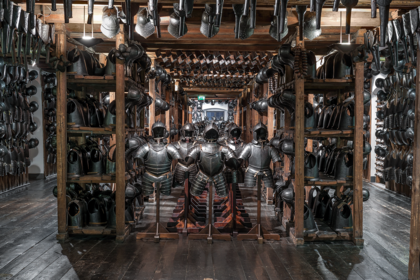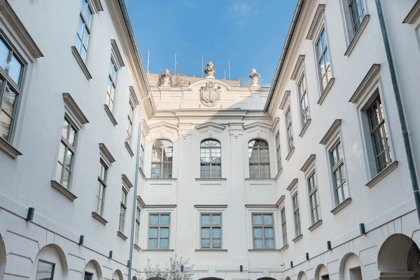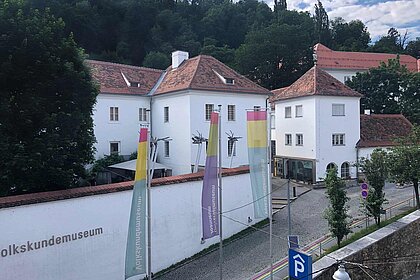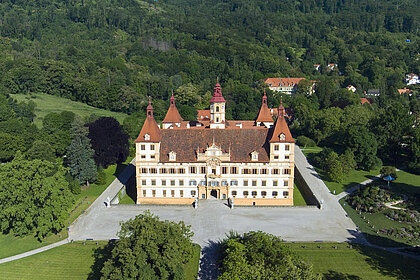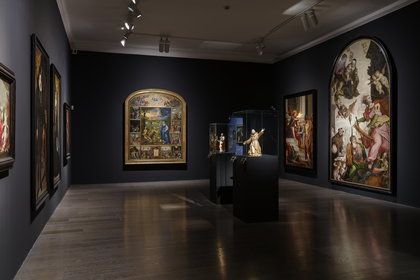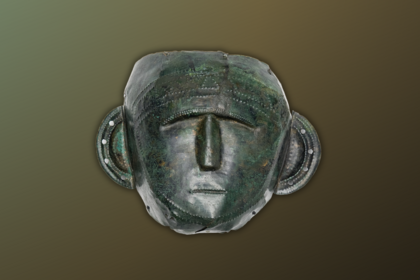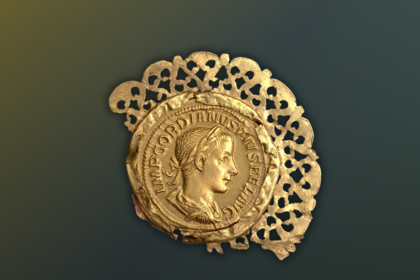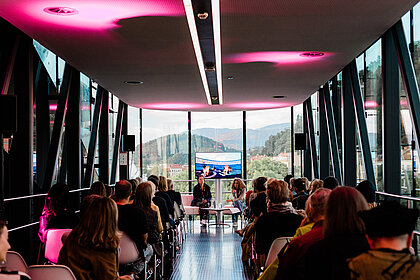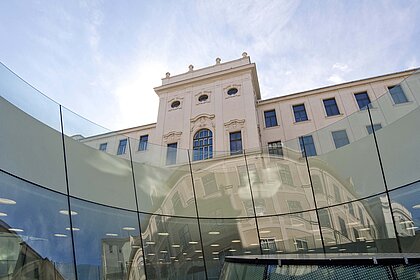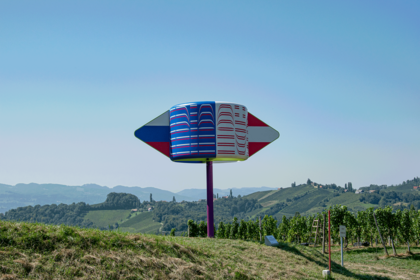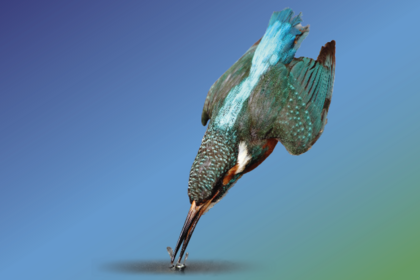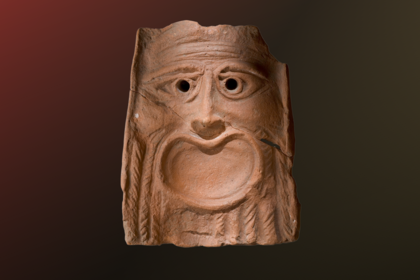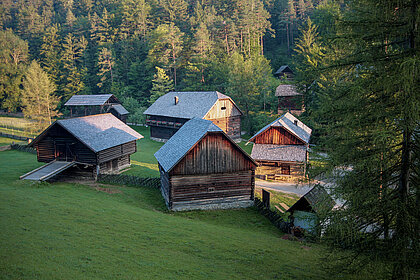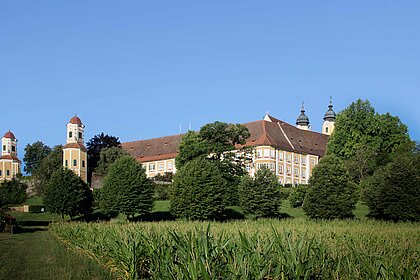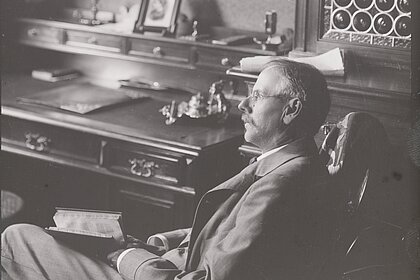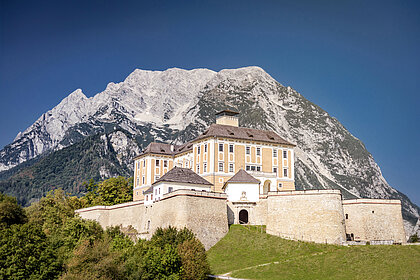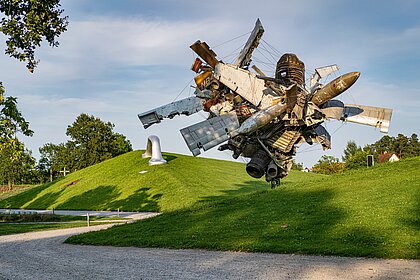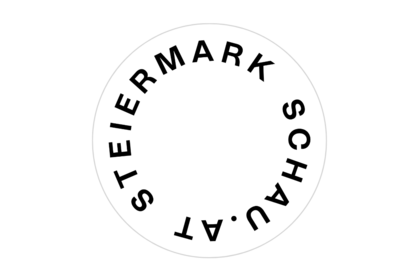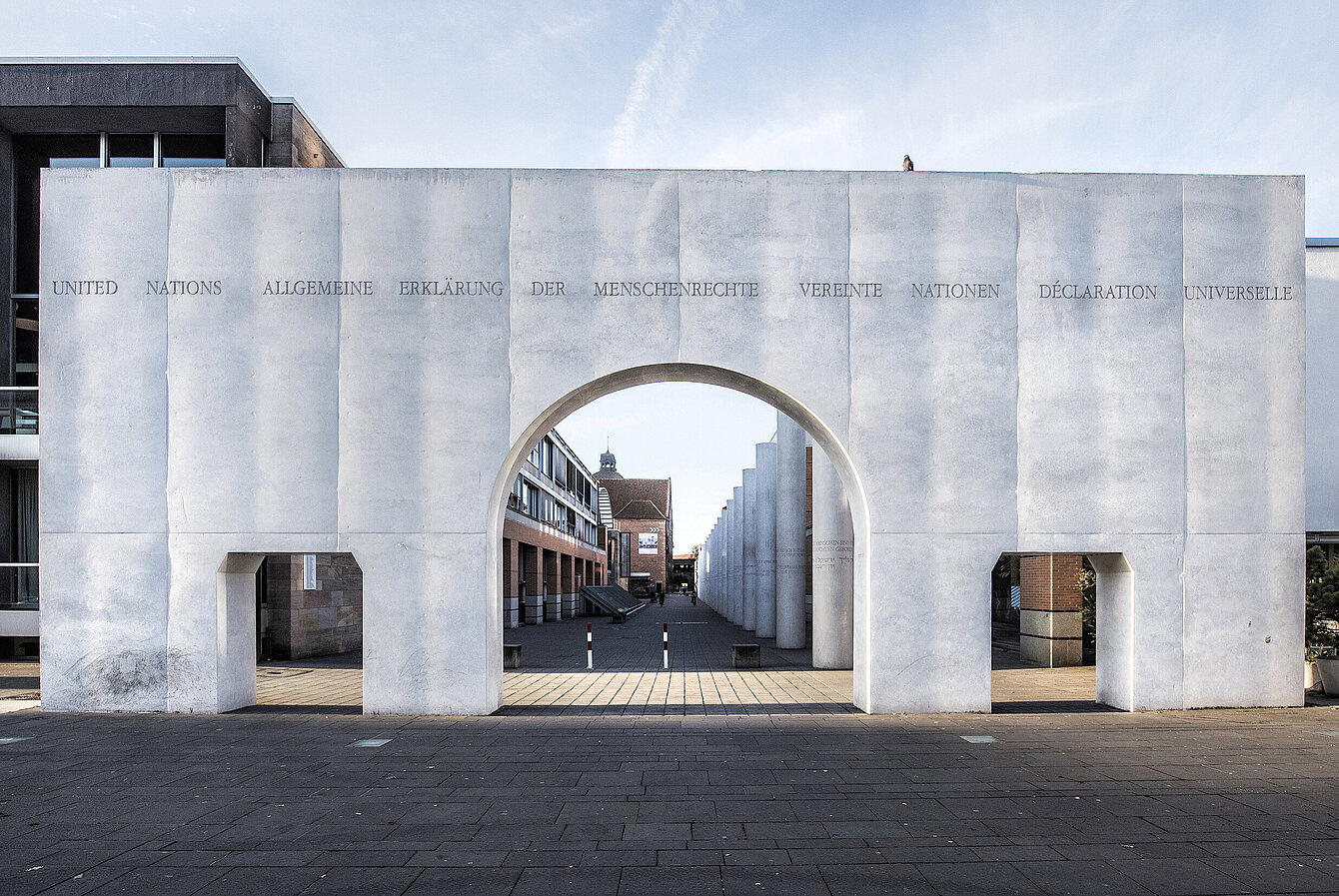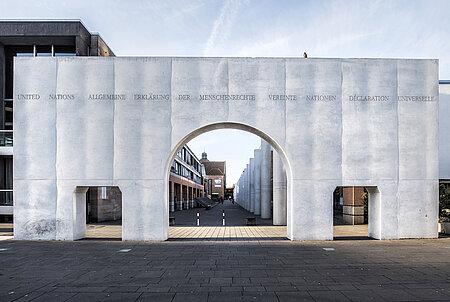The Franconian metropolis of Nuremberg plays a significant role in German history. Reason enough to take an in-depth look at three of the city's nationally important museums as part of an event: First, there is the Germanisches Nationalmuseum. Founded in the mid-19th century, it houses the largest cultural history collection in the German-speaking world. However, it is not only spectacular for its collection of objects. The history of its founding represents the development of the modern museum and reflects the specific characteristics of identity formation and state building in Central Europe. During the National Socialist era, Nuremberg was the ‘City of the Nazi Party Rallies’ and thus a central site for the regime’s propaganda. It is to this topic that the Documentation Center, which today tells the history of the four square-kilometre area of the Nazi Party Rally Grounds with its architectural remains, is dedicated. Finally, the Memorium Nuremberg Trials, which opened in 2010, provides information about the Nuremberg Trials at the historic site. The trials took place between 1945 and 1949 and gave important impetus for the development of international criminal procedure. On our excursion to Nuremberg’s museums, we will meet experts for tours and talks and discuss concepts and possible perspectives for our own work.
